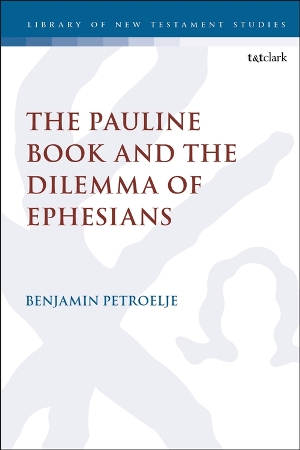
|
Detail
|
|||||||||||||||||||||||
Please
note: All
prices listed on this site are in Australian Dollars (AU$)
and are GST inclusive.
Prices may change without notice. Postage & packing extra.
Prices may change without notice. Postage & packing extra.
| Copyright © Daughters of St Paul | FAQ | Contact Us | Site Map | Privacy Policy |


